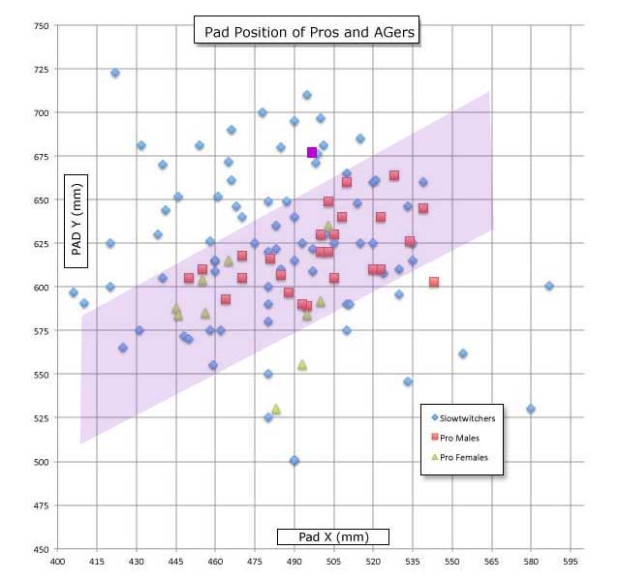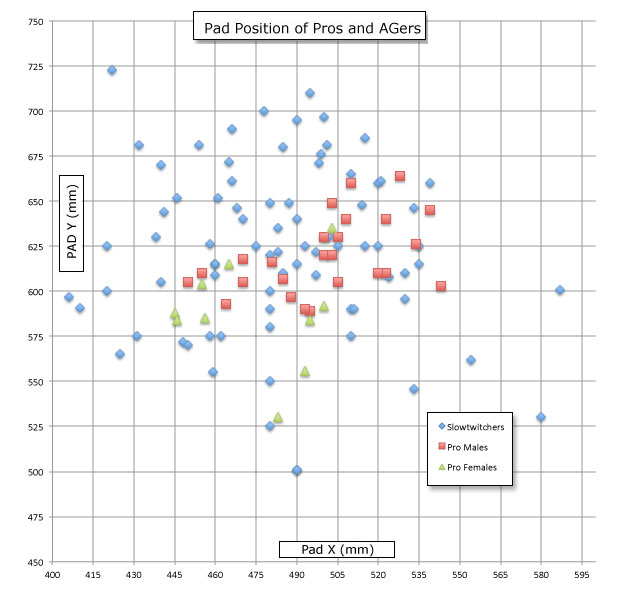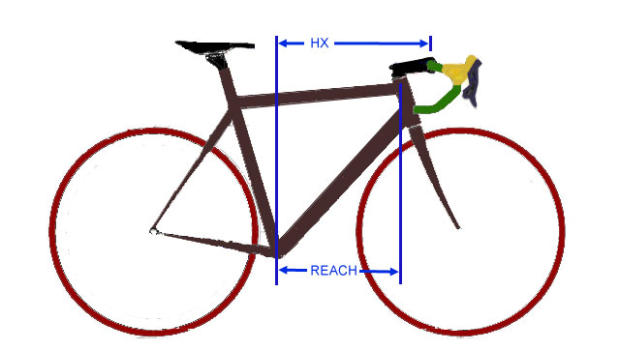Consensus, Professionalism, and Our Duty to Ourselves
I wrote what follows a few weeks ago, but thought it would be best published after America’s election, in case it would be seen as a way for me to influence the way you vote. While what I write here overlays all our endeavors, influencing votes was not my intention.
My conclusions below are largely the fruit my “advanced degree in critical thinking,” learned right here. This community has helped teach me to armor up not just for business, but for life. The good pressure my customers and readers have applied has caused me to develop and deploy guardrails and signposts that act as a sort of “Life GPS.” When I pour a third of a century of business lessons – and many of you have been along with me for the entire ride – into a pot and boil off the vapor, what remains is a single axiom that in holds up well not just for my work life, but for my life. It’s the: Identification of and Reliance upon Professional Consensus.
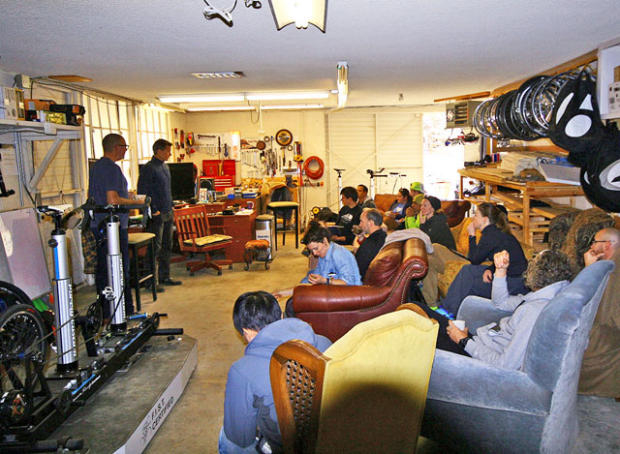
Consensus
I run a bike fit school. The F.I.S.T. Bike Fit System was the first of what has become a slew of such schools and platforms, and its operative divergence from what came before it is that the process is “dynamic,” which is to say, you are positioned aboard your bike as you are pedaling. But when bike fitters first arrive at our school, they discover “dynamic fitting” is not the backbone of our system. The F.I.S.T. system is built on the idea of Consensus. We rest in the power of Consensus. What do I mean by that?
It doesn’t matter what it is you coach or teach; it doesn’t matter how flamboyant your teaching method; the truth you convey is built on the shoulders of those who perform a task well, if “those” who perform it are professionals, and if they perform the task with considerable conformity one to another. If you teach bowling, baseball, accounting, creative writing, archery you have analyzed the best practitioners; identified their common behaviors or approaches; and you form a process by which you convey those common behaviors. That’s the sum of coaching and teaching.
This is how, as children, we learned how to swing a baseball bat or shoot a basketball. And if you’re a doctor, it’s how you learned to practice medicine. You acknowledge the thought, processes and techniques of experts who came before you. You learned to emulate what works for most experts most of the time. Where no consensus exists you are under no obligation to teach it. In parlance we all can understand, if there is a consensus among top swimmers – if, say, 75 percent of the best swimmers exhibit a similar behavior – with what they do with their hands and arms underwater during the pull phase, then we teach that. However, if there is no identifiable consensus about what they do above the water, during their arm recoveries, then we tend not to demand a certain arm posture during recovery (because no consensus exists).
Professionalism
It’s not just a consensus. It’s a consensus of professionals. If we are going to talk about bike fit, for example, no, I’m not going to take a random sample of how all triathletes fit aboard their bikes, identify a series of means, and call this the consensus position. I often use the term “orthodoxy” and in the graph below the bike positions of a random sampling of Slowtwitchers are in blue, but pro male triathletes are in red.
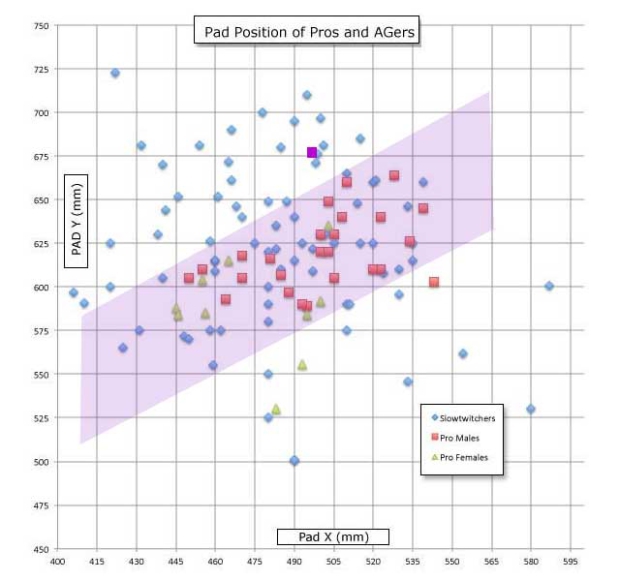
The F.I.S.T. system asks 2 questions: 1) Are there elements of agreement in the positions of the world’s best cyclists and if so what are they? 2) Is there some requisite athleticism required to adopt this posture that is unavailable to the typical athlete? Meaning, is there some reason why you can’t do what the best cyclists do? Maybe so. Depends on the activity. When this is the case, then we need to modify how and what we teach to non-elite athletes. But I remember Gerard Vroomen, co-founder of Cervelo, when asked whether the typical triathlete could ride his bike in the position ridden by then-top-time trialist Dave Zabriskie, answered, “I don’t know. When you bend over, can you touch your knees?” What we taught was in opposition to the prevailing bike fit school theory of the time. Instead of your disabilities driving your bike position, we advocated fitting you according to your abilities, that is, your ability to ride in a position typical of a high-achieving elite athlete.
In point of fact, most of the time, if we can do the activity at all, what we lack is the engine. I could never play chess like Gary Kasparov, nor could I race like Mark Allen, but I problem-solve using the same pathways as Kasparov and while I never had Mark Allen’s motor, I had his chassis. (My muscles attach in the same place as do his.) This is why, most of the time, teaching amateurs to perform a task like professions perform it is fruitful.
Outliers
If we attack life armed with this approach we are better equipped to problem-solve, including the “problem” of our lack of speed and endurance. But if imitation and emulation are the only things we ever do, the art of excellence never progresses! Dick Fosbury moved the high jump technique forward when he cleared the bar with his belly button pointed toward the sky. David Berkoff showed us that dolphin kicking underwater was actually faster than traditional backstroke. Brian Oldfield deployed the discus spin in the shot put ring to great effect. And so on.
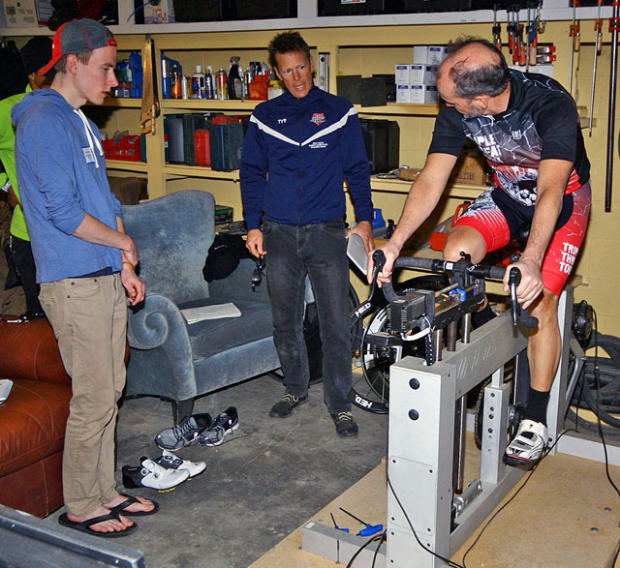
These are the outliers. Are you one too? Is your novel technique or approach better than the consensus formed? Is there a consensus you’ve chosen to ignore? If so, what do you know that all the best don’t? Perhaps you are today’s Fosbury, Berkhoff, Oldfield. That’s a wager you’re making and statistically speaking a very poor one.
The outlier example always comes up in our F.I.S.T. Bike Fit workshops. “But what about….?” The example comes up of some rider who whose position isn’t very low, or rides uncommonly low, steeper, shallower, or pedals a slower cadence than typical, or way faster. Fine. During our fit school session we stop. We talk about the outlier. But I always preface this discussion with an agreement that we must reach. “I’ll talk about the exception to the rule for as long as you need, with one proviso: After I wrestle in good faith with the exception, you must agree to wrestle with the rule.” Then the grousing often starts, and I know I’m dealing with someone who has “outlier fixation” which, in my opinion, is a dialectical persuasion. Some people will never be compelled by a professional consensus, because fixation on the outlier has more to do with the heart than the brain.
This is a bigger issue for bike fitters, coaches, teachers. Adopting a bespoke bike fit or technique theory at odds with the professional consensus is fine, if it’s for you. If you choose to overlay your approach on others – especially in a professional setting – you have an extraordinarily high standard of proof to clear, and clear it you must before you’re acting ethically. I will occasionally preface a piece of Front Page advice with, “I have no evidence for what I’m about to say; it’s all just personal instance and experience.” What I have learned from you all – sometimes the hard way – is you must fully disclose your thesis as an opinion only if it’s not either not-evidence-based or the fruit of a professional consensus.
”Everybody is Different”
I consider this a dodge. When I’m presented with “Everybody is different” in our workshops I reply: “When you or your loved one is in the doctor’s office with a grave disease, what do you want from your doctor as regards therapeutics or curatives to pursue? Are you okay with the doctor saying, ‘Here’s all my of pills, red ones, green ones, yellow, blue, what’s your favorite color?’”
It is my guess you will reply by asking what regime has shown the most efficacy. “Everybody is different,” is not what you want to hear from your doctor. He or she is likely to talk about micro-variances that sit inside macro-samenesses. “Let’s try this therapy first; if it doesn’t work then we’ll move to the second-most efficacious therapy according to the literature.”
The phrase “Everybody is different” offers a sliver of truth; but in the world of engineering and medicine the truer statement is that “Everybody is the same.” Clinical trials, and the entire scientific method, is based on the identification of “samenesses.”
Congruence
The approach I’m writing about is universal. Axiomatic. It isn't a science guide, or a training guide. It's a guide. You plug this approach into your GPS, like a “route”, and the chevrons point you left or right. You may choose to veer from that route from time to time, but the your Life GPS knows where you are, it knows where you’re going, and it will keep you from entering the freeway cycling against traffic; or heading down a dead-end road. When we choose to live by this axiom in a part of our lives, but do not honor the consensus of professionals in other areas of our lives, we do this out of personal weakness or whimsy.
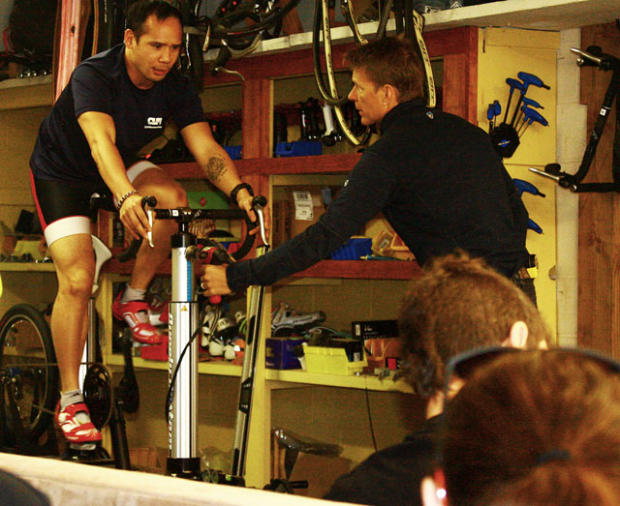
This does not, in my opinion, apply to matters of faith. If you believe in the suspension of physical laws as a matter of faith – if you’re a believer – okay. But you don’t believe these physical laws don’t exist (laws which the Almighty wrote). Let us assume for the purpose of conversation that you’re a Christian and I’m an atheist. We both believe in the same set of physical laws. We both believe in medicine, science, physics, engineering. Miracles are the momentary suspension of physical laws. A Catholic ascribes to “transubstantiation,” where the bread and wine are sacramentally transformed into the body and blood of Christ once administered. Does the Catholic believe that a hot fudge sundae ever becomes anything other (anything less fattening) than a hot fudge sundae once ingested? The divergence from physics and chemistry is discrete, rare and temporary. In all other cases – unfortunately including hot fudge sundaes – believers rely on the consensus of professionals who rely on a miracle-free world, and this is congruent with critical thinking.
Congruence, in this context, is understanding efficient problem solving behaviors you deploy when it really matters to you, and deploying them all the time, in every endeavor, if you consider that endeavor important whether in training, in your work, or in your other important endeavors and interests. Do I nevertheless deviate from critical thinking and sound problem solving in my own life? Yes! But if I want to wrap my handlebar using a taping technique of my own design I don’t kid myself into thinking I’ve hit on the optimal method, and that my wrapping technique is the professional equal to bike mechanics and assemblers.
This is what you all have taught me over my professional life. The elegance of hosting a Reader Forum alongside a Front Page is you find out pretty darned fast if you wrote something on that Front Page that doesn’t adhere to Consensus and Professionalism. “Your evidence?” is what you ask me for. “Citation please?” You have been my teacher through most of my professional life, when I was a maker of manufactured products; a teacher in a school; a practitioner of journalism; the moderator of a vibrant online community. This approach to problem-solving and truth-finding is the result of the good pressure you all have applied to every product and service I’ve attempted to provide.
Speaking of our Reader Forum, I have placed a thread there for any questions or comments you wish to ask or make. Of course you may respond using the Facebook utility below, but if you want me to address your comment I'm much more likely to do so on our Reader Forum.


